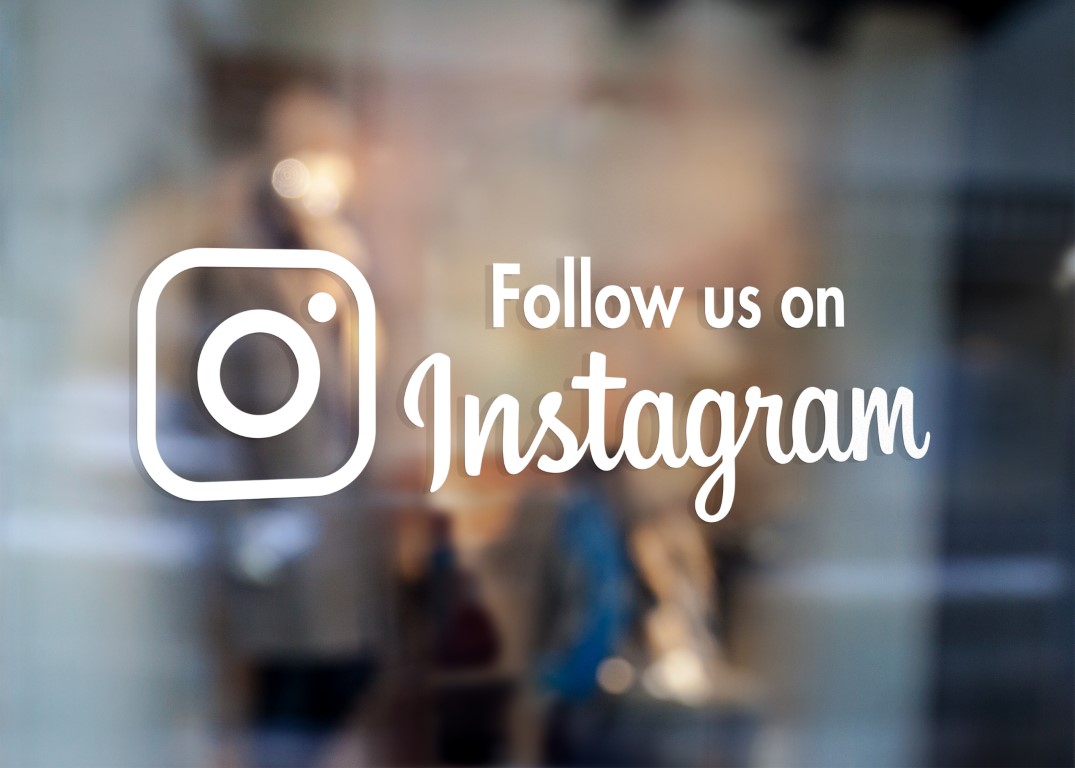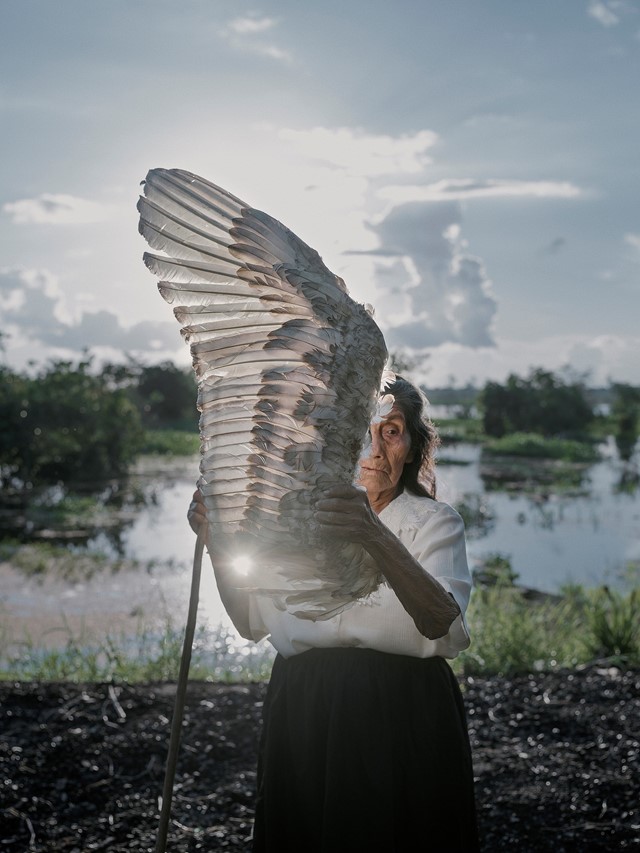
…
As the curtain rises on the 2023 edition of the prestigious photo festival, here’s a guide to the rising image-makers stealing the show
…
Here, we bring you eight of our favourite new discoveries exhibiting at this year’s festival, from a stunning investigation into life in the Peruvian rainforest, and a wonderfully immersive, mixed-media ode to the Camargue, to a poignant interrogation of masculine stereotypes.
Arguiñe Escandón and Yann Gross: Aya at Fondation Manuel Rivera-Ortiz [lead image]
…
Across every floor of the Fondation Manuel Rivera-Ortiz, a captivating programme of exhibitions titled Grow Up foregrounds the relationship between plants and humanity. Particularly breathtaking is a display by photographers Arguiñe Escandón and Yann Gross, taken from their series Aya (meaning “ghost” in Quechua), which depicts life among the communities of the Peruvian rainforest.
The image-makers’ initial impetus for the project was the tale of the 19th-century photographer Charles Kroehle, who is said to have disappeared in the Peruvian Amazon while photographing its tribes. A remedy to Kroehle’s “exoticising” approach, Escandón and Gross’s works, captured over a three-year period, tell the story of “an experiential initiation with the plants, signs, and spirits that permeate the Amazonian jungle”, to quote sociologist Joel Vacheron. “We are not the only ‘we’,” he writes, “and this project can be viewed as an anthropological approach to thinking of the human based on the signs and the forces that go beyond it.”
…

…
Hiên Hoàng: Across the Ocean at Église Des Frères Prêcheurs
…
A tongue pinched neatly between chopsticks; a piece of raw salmon imbued with two human eyes; a disembodied smile, grinning among a medley of noodles and jelly desserts. Vietnam-born, Germany-based artist Hiên Hoàng confronts the Western stereotyping of Asian immigrants in a vivid display in the Louis Roederer Discovery Award section. Printed onto warped acrylic glass – a metaphor for the skewed Western gaze – the composite photographs are at once sinister and eye-catching. They play on the tropes of advertising imagery to demonstrate the “Orientalist desire for the consumption of exotic cultures”, explains an accompanying text by Tanvi Mishra – especially when it comes to the popularity of Asian food, and the fetishisation of Asian women’s bodies.
A postcard from Hoàng’s grandmother, sent from Berlin to Vietnam after her relocation to East Germany in the 1980s for work, is on view too. In it, she writes, “All is well. Across the ocean”. The cheery tone is typical of her letters home, but when Hoàng visited her years later, she discovered such platitudes belied the struggles of her grandmother’s life as an immigrant. Indeed, the notion of the “good immigrant“ is a driving concept behind the striking display, and Hoàng’s work at large.
…
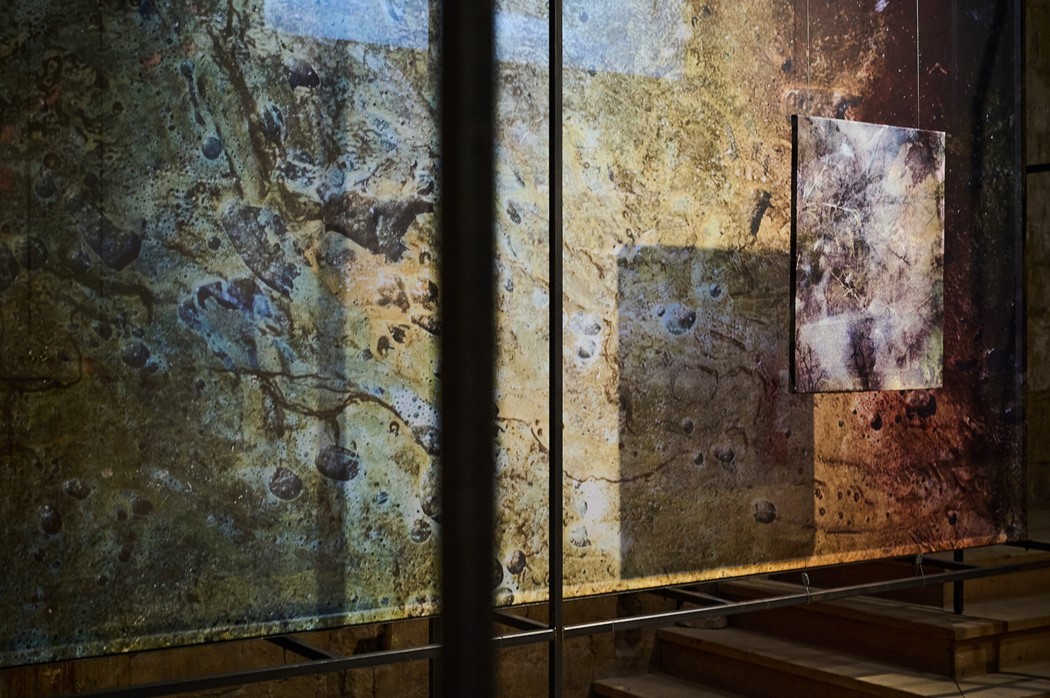
…
Eva Nielsen, Curated by Marianne Derrien: Insolare at Cloître Saint-Trophime
…
This year marks the second edition of the BMW Art Makers programme, an inspiring initiative that supports an emerging visual artist and a curator in their realisation of an exhibition, made especially for the Rencontres d’Arles and Paris Photo. This year’s winners are French artist Eva Nielsen and curator Marianne Derrien, whose display, Insolare, enters into sublime dialogue with its setting in a shady section of a 12th-century cloister.
Occupying the space where the rural and industrial collide, Nielsen’s works saw her venture into the Camargue, a huge triangular island just outside of Arles, camera in tow. Known for its wetlands and sandy beaches, its flamingos and wild horses, and perhaps most famously for its salt marshes, from which salt has been harvested since antiquity, the national park is at once a spellbinding and hostile environment. Over the centuries, its terrain has morphed dramatically, subject to drought and rising water levels, to erosion and the impact of industrialism – a warp and weft upon which Nielsen draws.
Insolare’s works, made by overlaying silkscreen images and paintings, convey a partially veiled, poetically fragmented depiction of this singular part of the world, using layering to mirror the process of stratification and the shifting of landscapes over time. They are displayed on architectural structures, comprised of metal rods that exactly match the dimensions and appearance of the cloister’s metal window bars, against swathes of sheer fabric printed with Nielsen’s images of sedimentation, resulting in a truly immersive experience.
…
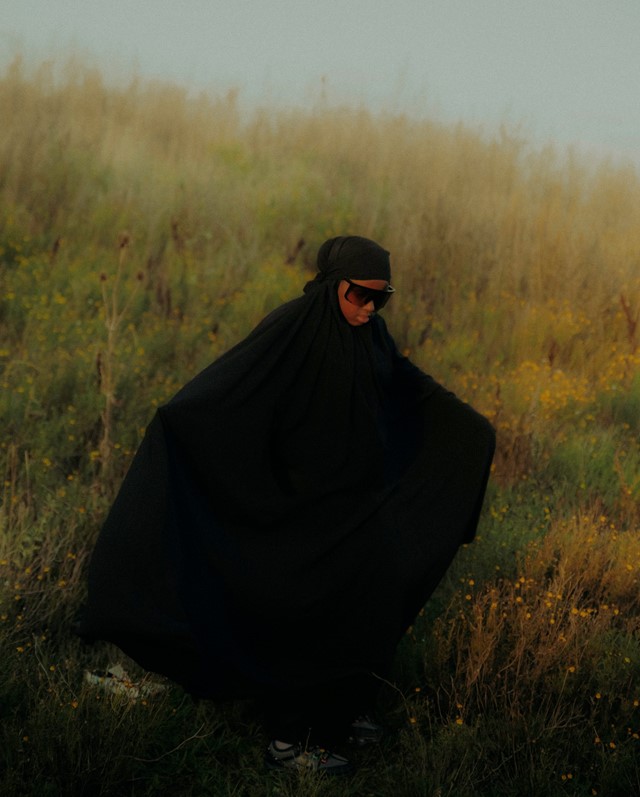
…
Ikram Abdulkadir: I See Home in You at Église Sainte-Anne
…
Søsterskap, an exhibition at Église Sainte-Anne, “explores the welfare state from a perspective of intersectional feminism” and features the work of 17 photographers of different generations. A highlight of the show is a selection of works by Ikram Abdulkadir – a Nairobi-born poet and photographer, who now lives in Malmö, Sweden – taken from her ongoing series I See Home in You. This sees Abdulkadir photograph people and places that are known to her, including her sister Salma, and the Malmö neighbourhood of Möllevangen, whose young women form a favourite subject matter, captured in lyrical snapshots spanning domestic and urban settings.
“The messages in Abdulkadir’s images are subtle, but often relate to her experience of being a Black, Muslim woman living in Sweden,” explains the exhibition text. “The percentage of Swedish residents born abroad has increased rapidly over the last years, and people from 186 different countries live in Malmö. The tension in the city is omnipresent and palpable.” The photographer herself has described the series as a meditation on community, care and love, as well as a means of collective resistance and self-affirmation, depicting herself and her subjects “on their own terms”.
…
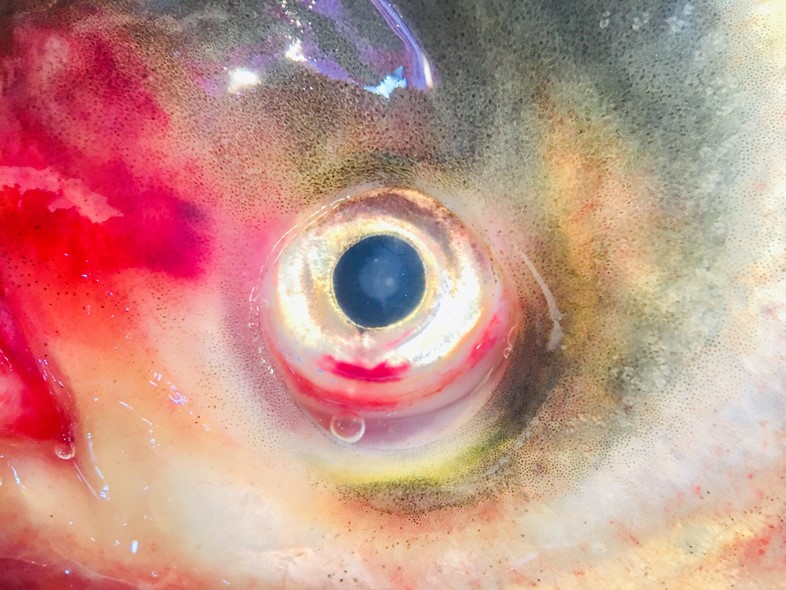
…
Md Fazla Rabbi Fatiq: Home at Église Des Frères Prêcheurs
…
Bangladeshi photographer Md Fazla Rabbi Fatiq perfectly encapsulates the air of looming danger and fear of contamination that prevailed during the Covid-19 pandemic. Exhibited in the Discovery Award section, an array of iridescent images from his series Home zooms in on everyday objects, abstracting and exaggerating them to eerie effect. Scouring every inch of his own family dwelling during the lockdown period, he turns his lens on glistening fish eyes, on flies lingering on a window, on a bloody, feather-strewn bowl, and occasionally on a more uplifting sight like a flower in bloom – never offering context, or a true sense of time or place.
“Created within the lexicon of the pandemic and its effect on the mind and body – death, decay, trepidation, relief – Fatiq’s visceral explorations gesture towards that which lies beyond the frame,” writes Tanvi Mishra in an accompanying text. “In taking on a surrealistic aesthetic, the domestic space assumes a psychological dimension, recalling the interior volatility of the pandemic.”
…
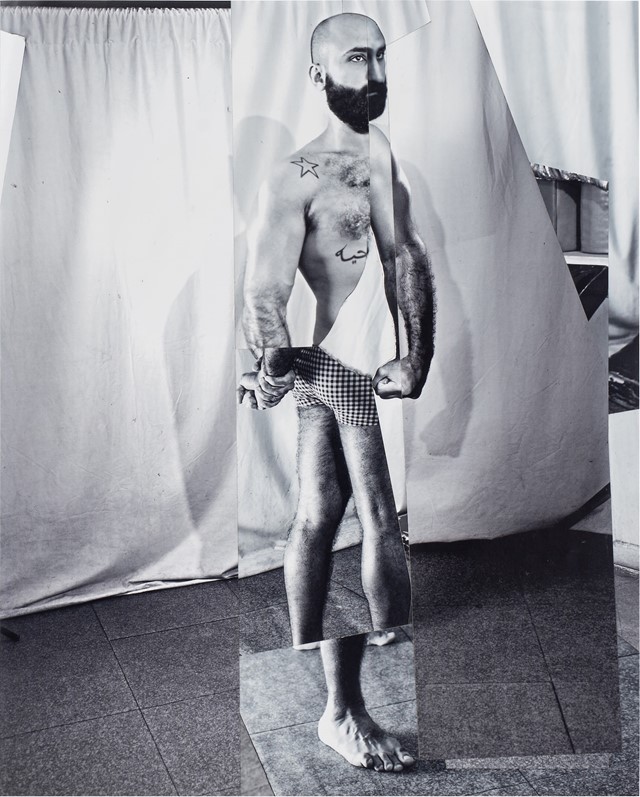
…
Ibrahim Ahmed, Inheriting and Surrendering the Performance at Église Des Frères Prêcheurs
…
A final Discovery Award highlight, Ibrahim Ahmed – exhibiting alongside fellow Egyptian image-maker Lina Geoushy in a display dubbed Inheriting and Surrendering the Performance – “interrogates his relationship with manhood, and its codification into his body” in a powerful series of collages. Using self-portraiture for the purpose, the works find Ahmed enacting popular male archetypes within his studio space as a means of better understanding the inherent performativity of gender and the passing down of certain behaviours, stances and gestures through generations.
Expanding upon this, some of the most affecting works see the artist combine archive imagery of his father with his own self-portraits, resulting in what Tanvi Mishra terms “a cathartic dialogue with the patriarch of his family”, whereby Ahmed finds “resonance in a man he once found distant”. The result is a simultaneously personal and universal musing on the trials and trappings of so-called masculinity and the inherited notion of societal norms.
…
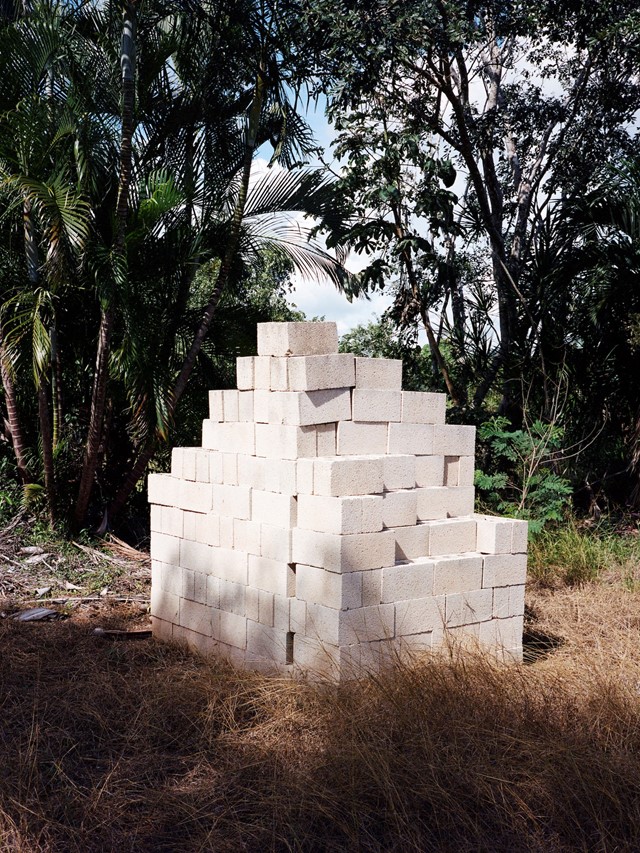
…
Daniel Wagener, Opus Incertum at Chapelle De La Charité
…
At the 17th-century Carmelite chapel Chapelle De La Charité, German photographer Daniel Wagener delivers one of the festival’s most interesting installations. Opus Incertum, which borrows its name from Roman masonry, is a contemplation on construction and the changing nature of place. Wagener’s large-scale imagery of contemporary ”construction sites”, spanning the literal (piles of bricks) through the more metaphorical (vignettes from the homes we conjure and the cities we form), is displayed on vast industrial racks that occupy the central nave of the chapel, obstructing its altar from view. “By replacing the object of worship, [these modular units become] the artistic interface of a new cult of consumption,” notes Danielle Igniti in the exhibition text. Other prints are displayed on warehouse trolleys that almost beg to be wheeled, tempting viewers to participate in the building process.
“Opus Incertum portrays a new reality, seeks to document episodes of urban construction, uncovers what lies behind the ostentation, reveals what is no longer seen,” writes Igniti. “[It’s] is also a tribute to the collective work and commitment of those who form society during the construction process … It’s a photography installation that promotes functional and pragmatic aesthetics.”
…
This year’s edition of Rencontres d’Arles runs until 24 September 2023. With special thanks to BMW.


